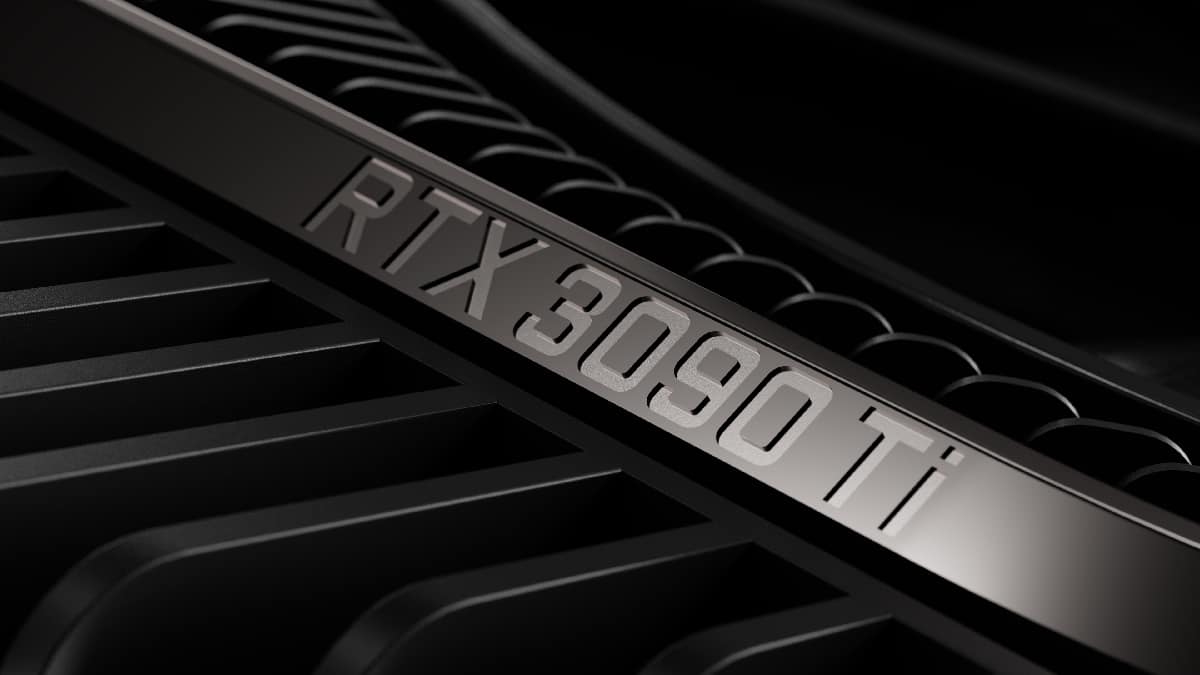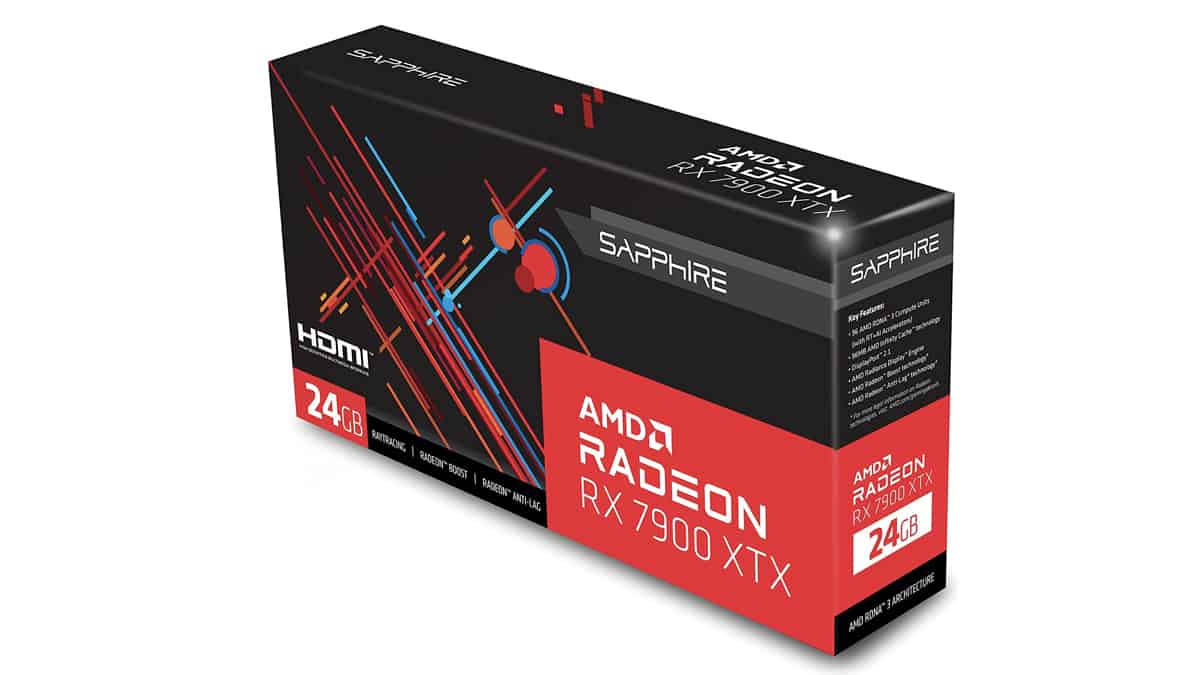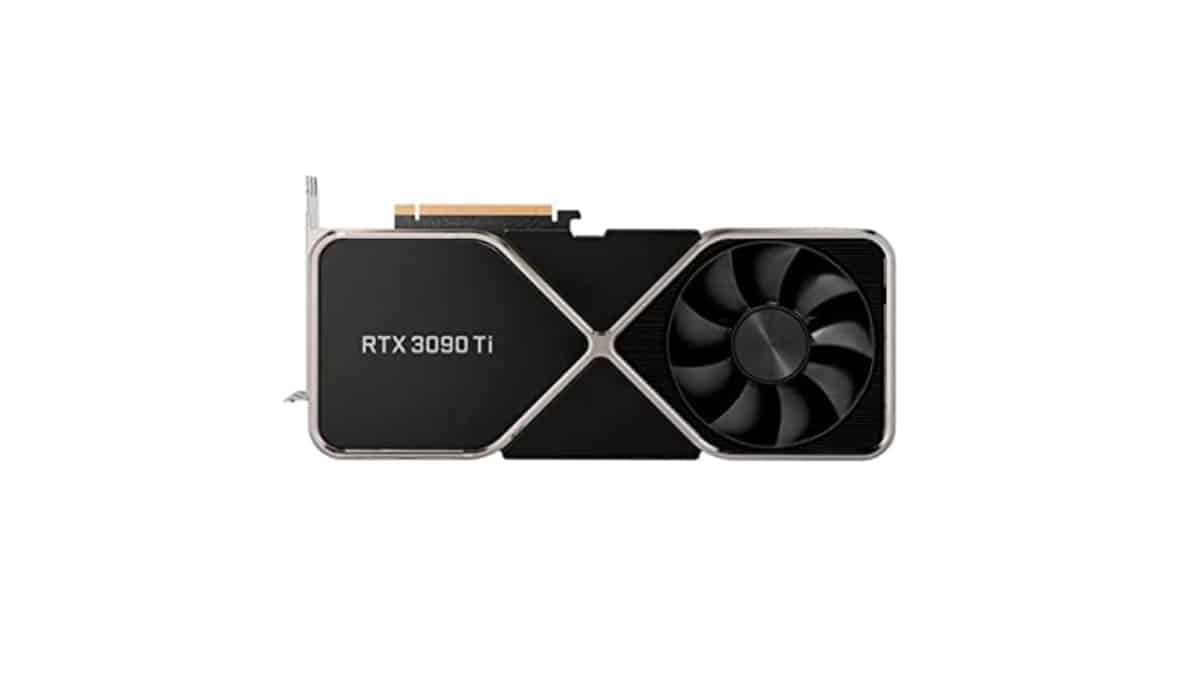RX 7900 XTX vs RTX 3090 Ti – which GPU wins?

Table of Contents
AMD has come a long way in the GPU field. The battle against Nvidia has been a long and difficult one. Thanks to its efforts, AMD keeps getting crowned as having some of the best gaming GPUs in the market. With AMD's last generation, it dropped the 7900 XTX, which fights closely with Nvidia’s flagship GPU. Still, people wonder who would win in the bout that sees the RX 7900 XTX vs the RTX 3090 Ti.
The world of PC gaming is constantly evolving, and with new technology comes the need for better and more powerful graphics cards. Two of the latest and greatest on the market are the RX 7900 XTX and the RTX 3090 Ti. Both offer unparalleled performance for even the most demanding games, but which one is the best for you? In this article, we will compare the two cards in terms of specs, performance, and price to help you make an informed decision.
Prime Day is finally here! Find all the biggest tech and PC deals below.
- Sapphire 11348-03-20G Pulse AMD Radeon™ RX 9070 XT Was $779 Now $739
- AMD Ryzen 7 7800X3D 8-Core, 16-Thread Desktop Processor Was $449 Now $341
- ASUS RTX™ 5060 OC Edition Graphics Card Was $379 Now $339
- LG 77-Inch Class OLED evo AI 4K C5 Series Smart TV Was $3,696 Now $2,796
- Intel® Core™ i7-14700K New Gaming Desktop Was $320.99 Now $274
- Lexar 2TB NM1090 w/HeatSink SSD PCIe Gen5x4 NVMe M.2 Was $281.97 Now $214.98
- Apple Watch Series 10 GPS + Cellular 42mm case Smartwatch Was $499.99 Now $379.99
- ASUS ROG Strix G16 (2025) 16" FHD, RTX 5060 gaming laptop Was $1,499.99 Now $1,274.99
- Apple iPad mini (A17 Pro): Apple Intelligence Was $499.99 Now $379.99
*Prices and savings subject to change. Click through to get the current prices.
RX 7900 XTX vs RTX 3090 Ti: Specs comparison
We need to keep in mind that these are different GPUs. Not only do they come from different generations but they are also built with different objectives in mind. AMD cares more about getting gaming results by increasing raw power and cache memory, while Nvidia has developed new technologies, such as DLSS and ray tracing, to increase performances through pure technological advancements.
| RX 7900 XTX | RTX 3090 Ti | |
| GPU | Navi 31 | GA102 |
| CUDA Cores / Stream Processors | 6144 | 10752 |
| RT Cores / Ray Accelerators | 96 | 84 |
| Max Memory Size | 24GB GDDR6 | 24GB GDDR6X |
| Memory bus | 384 bit | 384 bit |
| Memory Bandwidth | 960.0 GB/s | 1,008 GB/s |
| Base clock speed | 1855 MHz | 1560 MHz |
| Boost clock speed | 2499 MHz | 1860 MHz |
| FP32 (float) performance | 61.42 TFLOPS | 40.00 TFLOPS |
| L3 Cache | 96MB | – |
| TDP | 355 W | 450 W |
The RTX 3090 Ti was considered the most powerful graphics card of its generation. It has more CUDA Cores and Stream Processors at 10,752, which makes it more efficient in handling complex tasks. It also has a higher memory bandwidth at 1008 GB/s and a TDP of 450W, which makes it ideal for high-end gaming and professional use. Additionally, the RTX 3090 Ti is equipped with Ray Tracing technology, which allows for more realistic lighting and reflections, and AI-accelerated features like DLSS which enhance the gaming experience.
The RX 7900 XTX, on the other hand, has a higher boost clock speed at 2499 MHz, which allows it to handle high-resolution gaming at high frame rates. It also has 96MB of L3 cache, which provides a higher level of memory and data access. It is also equipped with Navi 31 GPU which is known for its high performance and energy efficiency. With a TDP of 355W, it’s more energy efficient than the RTX 3090 Ti.
In summary, the RTX 3090 Ti is a powerful and versatile graphics card that is well-suited for high-end gaming and professional use, while the RX 7900 XTX is a high-performance graphics card that is more energy efficient and is ideal for high-resolution gaming at high frame rates.
However, the core count is not that big of a deal when they come from a different generation. The 7900 XTX cores are simply put more efficient than the 3090 Ti thanks to the newest architecture.
Besides, when it comes to the floating point performance (FP32) of the RX 7900 XTX and the RTX 3090 Ti, there is a significant difference in the TFLOPS (tera floating-point operations per second) that the two GPUs offer. The RTX 3090 Ti has an FP32 performance of 40 TFLOPS, while the RX 7900 XTX has an FP32 performance of 61.42 TFLOPS.
This means that the RX 7900 XTX is able to perform more floating-point calculations per second than the RTX 3090 Ti, which can result in faster and more efficient processing of data-intensive tasks such as 3D rendering, scientific simulations, and machine learning.
RX 7900 XTX vs RTX 3090 Ti: Performance
Performance is another clear aspect of the comparison. The RX 7900 XTX is better. Throughout all the benchmarks done across a vast quantity of games, AMD's GPU has shown incredible raw power, capable even of superseding the 3090 Ti 2nd-gen ray tracing and DLSS. This wouldn't be the case if Nvidia's card had the new 3rd generation of ray tracing and deep sample learning. However, that's a different kettle of fish.
The RX 7900 XTX gets a higher FPS count than the RTX 3090 Ti in most of the games. This is due to the higher TFLOPS and boost clock speed of the RX 7900 XTX, which allows it to handle high-resolution gaming at high frame rates.
The raw power of the 7900 XTX helps the unit get strong results in 4K, 1440p, and even 1080p gaming. Although both cards are overkill for 1080p. For more, we recommend reading our dedicated RX 7900 XTX review which goes over the graphics card’s performance, price, design, and features.
According to the majority of public benchmarks and gaming tests, the 7900 XTX can achieve up to 25%-30% better performance in 4K gaming, which is the main resolution for these GPUs. This difference drops a bit when ray tracing and DLSS get into action. However, the difference is still very significant. Our full RX 7900 XTX review goes over all the details.
Final thoughts
In conclusion, the RX 7900 XTX is a high-performance graphics card that offers top-of-the-line performance for demanding games and professional applications. Based on the comparison and the benchmark results presented, it’s clear that the RX 7900 XTX is generally better than the RTX 3090 Ti in terms of raw performance, particularly in terms of FPS in most of the games tested. This is thanks to its higher TFLOPS and boost clock speed, which allows it to handle high-resolution gaming at high frame rates.
The RX 7900 XTX also has an L3 cache, which provides a higher level of memory and data access, and it’s equipped with Navi 31 GPU, which is known for its high performance and energy efficiency. However, it’s worth noting that the RTX 3090 Ti is equipped with Ray Tracing technology and AI-accelerated features, like DLSS, which enhance the gaming experience.



